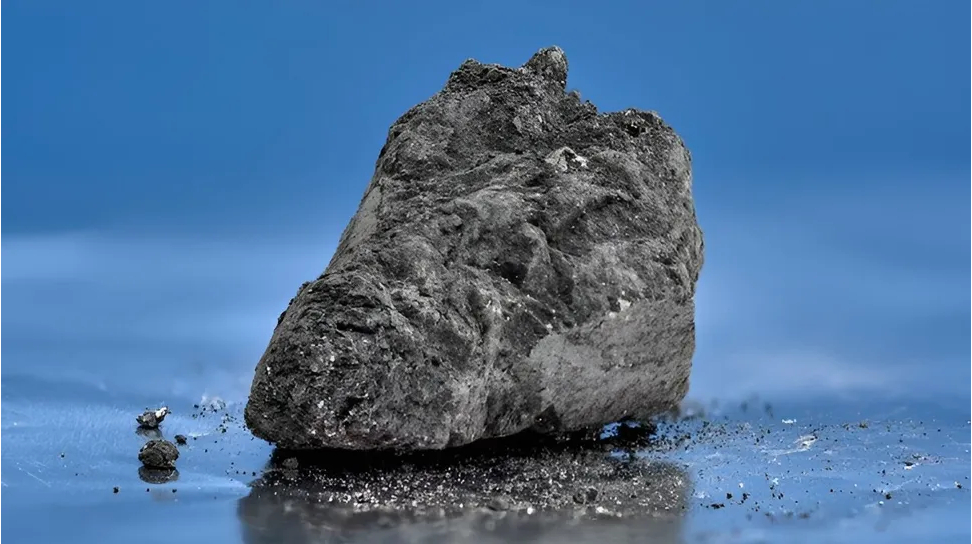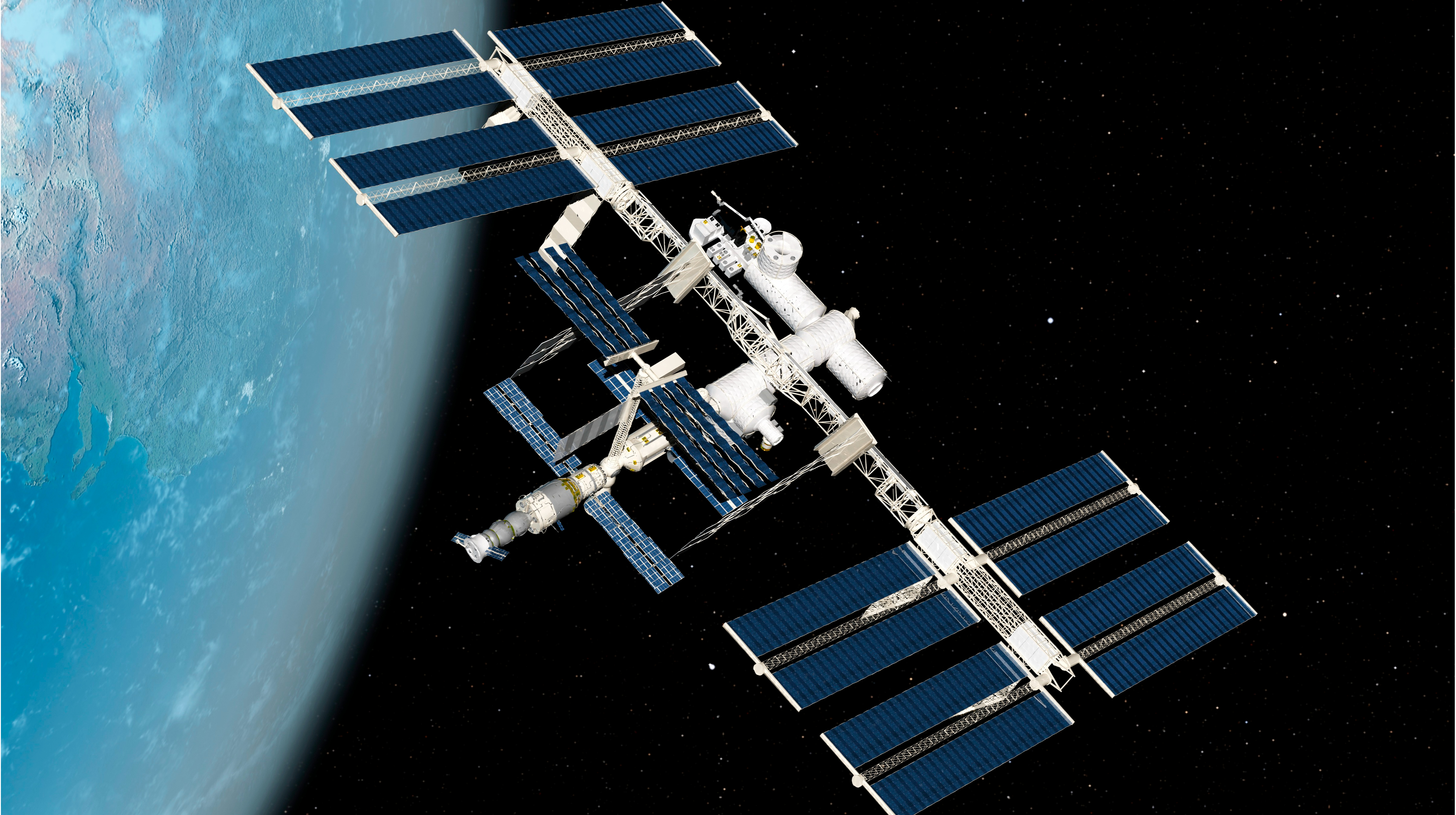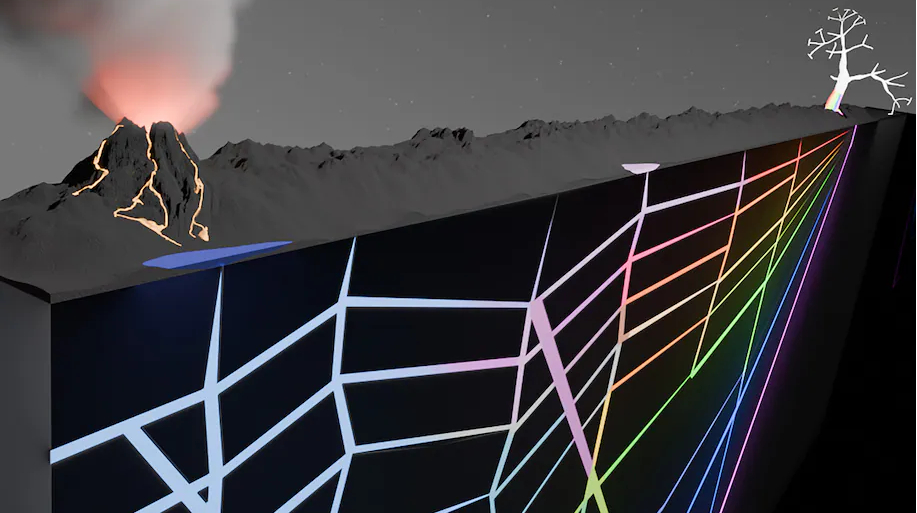May shed light on the origin of water on Earth: scientists studied the composition of a meteorite that fell in 2021

The Winchcombe meteorite
The Trustees of the Natural History Museum
Scientists have established the origin of the Winchcombe meteorite, which fell in Great Britain in 2021. It turned out that it came from an asteroid, the chemical composition of which was affected by water, and which was modified many times.
This discovery could shed light on the origin of water on Earth, the study says. published in the scientific journal Meteoritics and Planetary Science, informs Space.
In February 2021, a meteorite fell in Great Britain for the first time since 1991. It happened near the village of Winchcombe in Gloucestershire. Debris was scattered in the fields and on the access road to the house of one family.
The search team was able to quickly extract fragments of the meteorite – before the Earth’s atmosphere had time to seriously change it on a chemical level. However, on some of the fragments, earth pollution was found, in particular, table salt. In total, 602 grams of meteorite were collected.
The analysis showed that its fragments consist of breccia – a rock in which individual fragments are connected to each other.
Scientists have classified the Winchcombe meteorite as a carbonaceous chondrite of the CM group, which is a carbon-rich rocky rock. It turned out that the breccia was formed from the eight most common types of CM-chondrite.
“We were fascinated by how fragmented the breccia was in the Winchcombe sample we analyzed. If you think of the meteorite as a jigsaw puzzle, what we saw when we analyzed it looked as if each of its pieces had been cut into smaller pieces and then mixed in a bag filled with pieces of seven other puzzles.” – said Luke Daly, who led the study.
This suggests that the parent asteroid of the Winchcombe meteorite was broken up and modified many times. It probably happened after collisions with other asteroids early in the history of the solar system.
In addition, the meteorite fragments indicate that they were chemically altered by water before breaking into pieces. In some cases, the altered particles were mixed together with the unaltered ones – that’s how mixed the breccia was.
The researchers also discovered a large amount of carbonate substances – such as aragonite, calcite and dolomite. These are carbon-based minerals, so Winchcombe’s parent asteroid once contained a lot of dry ice. Perhaps the collision itself melted this ice and allowed it to chemically change the rock, forming carbonates.
“This gives us a clearer picture of how it is likely to have been hit and changed over and over again during its life since it emerged from the solar nebula billions of years ago.” Daly explained.
Previously, analysis of the Winchcomb meteorite also showed the presence of amino acids and nucleotides in it. They do not take a direct part in vital activity, but are precursors of more complex amino acids – biologically useful.
The presence of water on the parent asteroid of the Winchcombe meteorite may help to understand where water on Earth came from. The theory is that it came to Earth as a result of collisions, but it is not known whether these collisions were with comets or asteroids. Carbonaceous chondrites seem to scientists to be the most likely source of water.
It will be recalled that scientists reported that global warming is likely to make it difficult search for meteorites in Antarctica – in the future, about 30% of them will become inaccessible.











